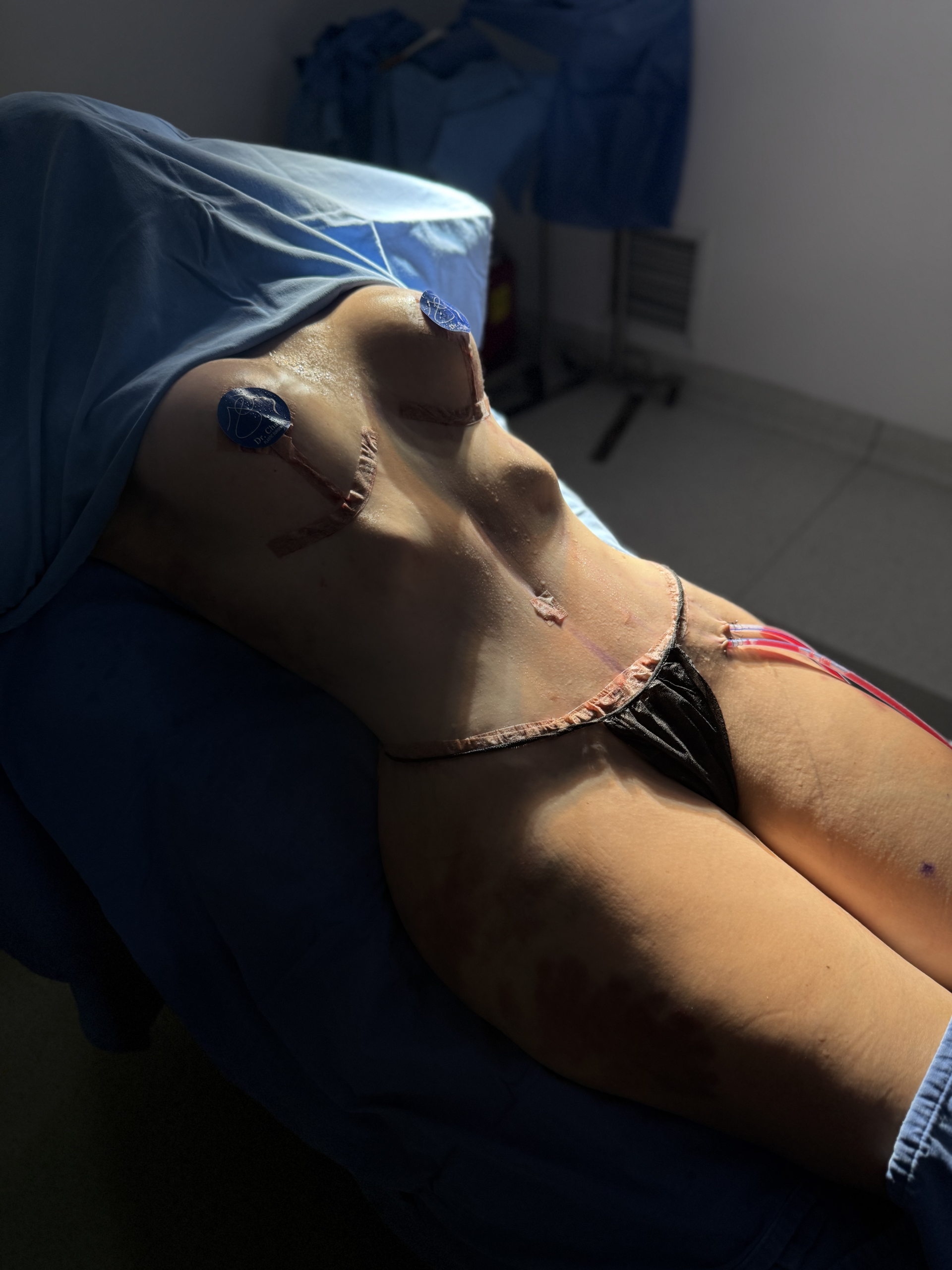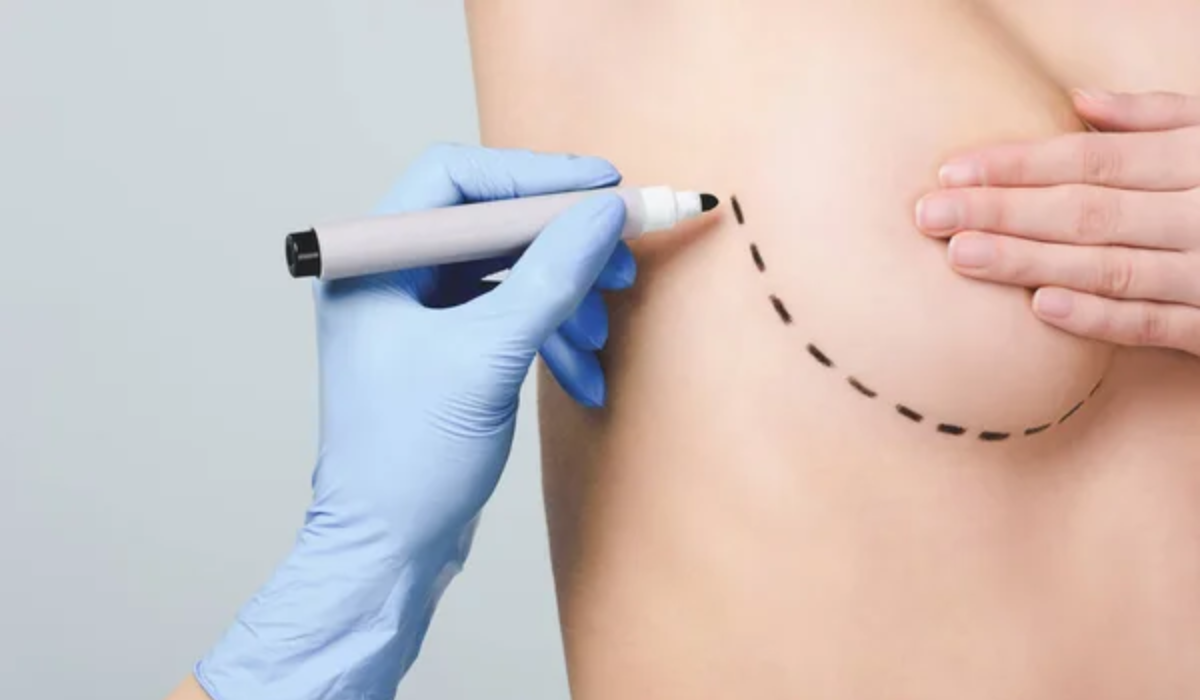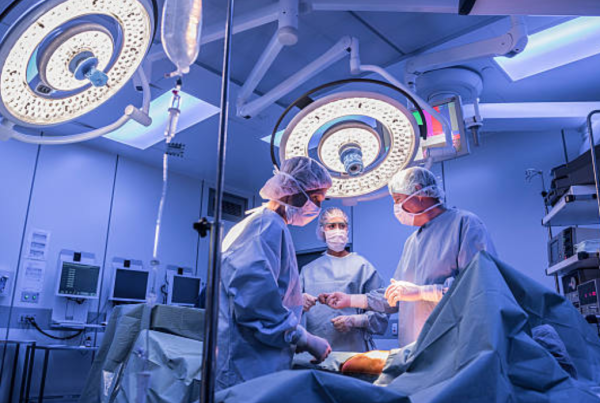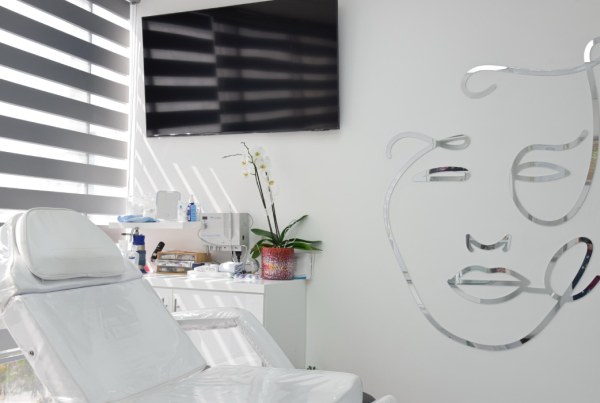Dr. Chang addresses the question many international patients ask: “Is it safe to have plastic surgery in Tijuana, Mexico?” This guide consolidates institutional guidance from the CDC, the ASPS, and Mexico’s regulator COFEPRIS, and pairs it with practical checklists so you can move from research to a safe decision.
What truly determines safety
In Tijuana—as anywhere—safety hinges on three pillars: a board-certified plastic surgeon, an accredited operating room, and written, evidence-based protocols before, during, and after surgery. The CDC’s medical tourism guidance stresses planning and continuity of care; ASPS emphasizes certified surgeons and accredited facilities; and COFEPRIS sets minimum infrastructure and documentation standards in Mexico.
Verify your surgeon (credentials over marketing)
In Mexico, board certification is listed in the official CMCPER directory. Certification signals formal residency training, ethical standards, and ongoing education. For context on what “board-certified” means for safety, review ASPS’s patient-safety hub .
Insist on an accredited facility
An accredited OR has documented anesthesia coverage, sterilization processes, emergency readiness, and equipment maintenance. See ASPS’s explanation of accredited facilities. In Mexico, COFEPRIS’s “alta directiva” details what surgical centers must meet—review a summary . For international perspective, consult the Joint Commission International IPSGs.
Protocols you should see in writing
Your care plan should include: pre-op labs and medical clearance; anesthesia plan (including limits for tumescent anesthesia when applicable); DVT/PE risk stratification and prophylaxis; antibiotic stewardship; hemovigilance if transfusion is needed; early ambulation and compression; and a scheduled follow-up pathway. The CDC’s planning checklist is useful here.
What institutions actually say (data, not rumors)
The CDC highlights added risks of travel—drug-resistant infections, thromboembolic events, and gaps in follow-up—while offering mitigation steps. ASPS underscores certified surgeons and accredited ORs as key safety levers. COFEPRIS mandates minimum standards for surgical facilities in Mexico. The U.S. State Department advises verifying physician credentials when seeking care abroad—see its guidance here.
How safe is Tijuana specifically?
Tijuana serves many international patients and includes COFEPRIS-regulated ORs with CMCPER-certified surgeons. Safety outcomes align closely with due-diligence: credential verification, accredited facilities, and adherence to written protocols. In other words, the city can be safe—if you choose wisely.

Popular plastic surgeries in Mexico
Popular plastic surgeries in Mexico
Mommy Makeover
One of the most requested combinations in Tijuana, usually involving abdominoplasty, breast enhancement, and liposuction. Ask about surgical staging, operative time limits, and VTE prophylaxis to minimize risks. Dr. Chang emphasizes realistic recovery timelines and safe sequencing of procedures.
Rhinoplasty
Nose reshaping is highly sought after for both functional and cosmetic reasons. Ensure your surgeon provides preoperative imaging, discusses airway preservation, and explains grafting techniques. Accredited ORs must have airway management equipment in case of unexpected complications.
Liposculpture
Liposuction with sculpting techniques enhances natural definition. It is critical to ask how your surgeon preserves the superficial plane to avoid contour irregularities and whether energy-assisted tools are used appropriately. For Dr. Chang’s approach, see liposculpture in Tijuana. If you have fibrous fat or want gentler emulsification, consider Vaser liposuction.
Facial Surgery
Facial rejuvenation includes facelifts, eyelid surgery, and neck contouring. Discuss neurapraxia risk counseling, anesthesia plans, and confirm that the facility has advanced airway equipment. Review before/after cases and make sure your surgeon sets realistic expectations for swelling, bruising, and scar maturation.
Breast Surgery
From augmentation to reduction or mastopexy, breast procedures are among the top choices for international patients. Ask about implant options, long-term safety data, and COFEPRIS-approved devices. Your surgeon should also provide clear guidance on recovery and follow-up imaging when implants are involved.
Brazilian Butt Lift (BBL)
BBL remains popular but carries higher risks, particularly related to fat embolism. The ASPS stresses the importance of fat placement above the gluteal muscle. Ask your surgeon about cannula size, injection planes, and ultrasound-guided techniques that reduce complication rates.
Red flags you should not ignore
- Prices far below market with vague inclusions.
- No CMCPER certification—and no way to verify credentials.
- Facility cannot share COFEPRIS documentation or anesthesia coverage.
- No triage, no pre-op labs, no informed consent, no emergency plan.
- No pathway for postoperative follow-up once you return home.
Travel and logistics that keep you safe
Plan to stay in Tijuana 7–10 days for early follow-ups, travel with a companion, book lodging near the clinic, and keep English copies of labs and the operative note. The CDC offers a practical checklist for medical travel
Results: what to expect and when
Immediate swelling gradually resolves. Most body-contouring patients see their outline at 4–6 weeks, with refinement at 3–6 months as edema clears and collagen remodels. Your surgeon should define your escalation plan (fever, disproportionate pain, unilateral swelling, purulent drainage) and your return-to-travel timeline.
Why many U.S. patients choose Tijuana—and how to make it safe
Advantages include proximity to San Diego, lower total costs, and experienced teams. Safety comes from replicating U.S. due-diligence: CMCPER verification, COFEPRIS-compliant OR, ASPS-style safety culture, and a documented follow-up plan.
Dr. Chang: a safe, reliable choice in Tijuana
When you ask, “Is it safe to have plastic surgery in Tijuana, Mexico?”, the specialist you choose is the deciding factor. Dr. Chang is a CMCPER-certified plastic surgeon with more than five years of experience, known for ethical care, precise technique, and close follow-up. He operates at Plástica Derma (Tijuana), a modern, COFEPRIS-compliant clinic with:
- State-of-the-art technology for advanced body contouring and facial procedures.
- Accredited operating rooms with certified anesthesiologists and strict sterilization protocols.
- End-to-end care from first consultation through recovery, with transparent expectations.
- Natural-looking results based on realistic planning and conservative tissue handling.
- Clear pricing and pre-op workups within a documented, safe process.
This combination of experience, ethics, and infrastructure makes Dr. Chang a trusted option for patients from Mexico and the U.S. seeking safe plastic surgery in Tijuana.
FAQs
Is it safe to have plastic surgery in Tijuana, Mexico?
Yes—when you pick a CMCPER-certified surgeon, an accredited OR, and follow CDC/ASPS guidance on planning and aftercare.
How do I verify my surgeon?
Search the official CMCPER directory and review training, case volumes, and complication policies.
What about facility accreditation?
Request COFEPRIS documentation and confirm anesthesia, sterilization, and emergency readiness; learn what “accredited facility” means at ASPS.
How long should I stay after surgery?
Usually 7–10 days for early checks; coordinate a written plan for remote follow-up once you return home (see CDC guidance
What increases risks?
Smoking, extreme BMI, uncontrolled conditions, long flights too soon after surgery, and clinics that skip proper labs/clearance.
The definitive answer
To answer “Is it safe to have plastic surgery in Tijuana, Mexico?”: yes—provided you choose a certified surgeon, an accredited facility, and documented protocols. Dr. Chang at Plástica Derma offers that combination. For body contouring options tailored to your case, explore liposculpture in Tijuana or Vaser liposuction in Tijuana, then book your consultation.



